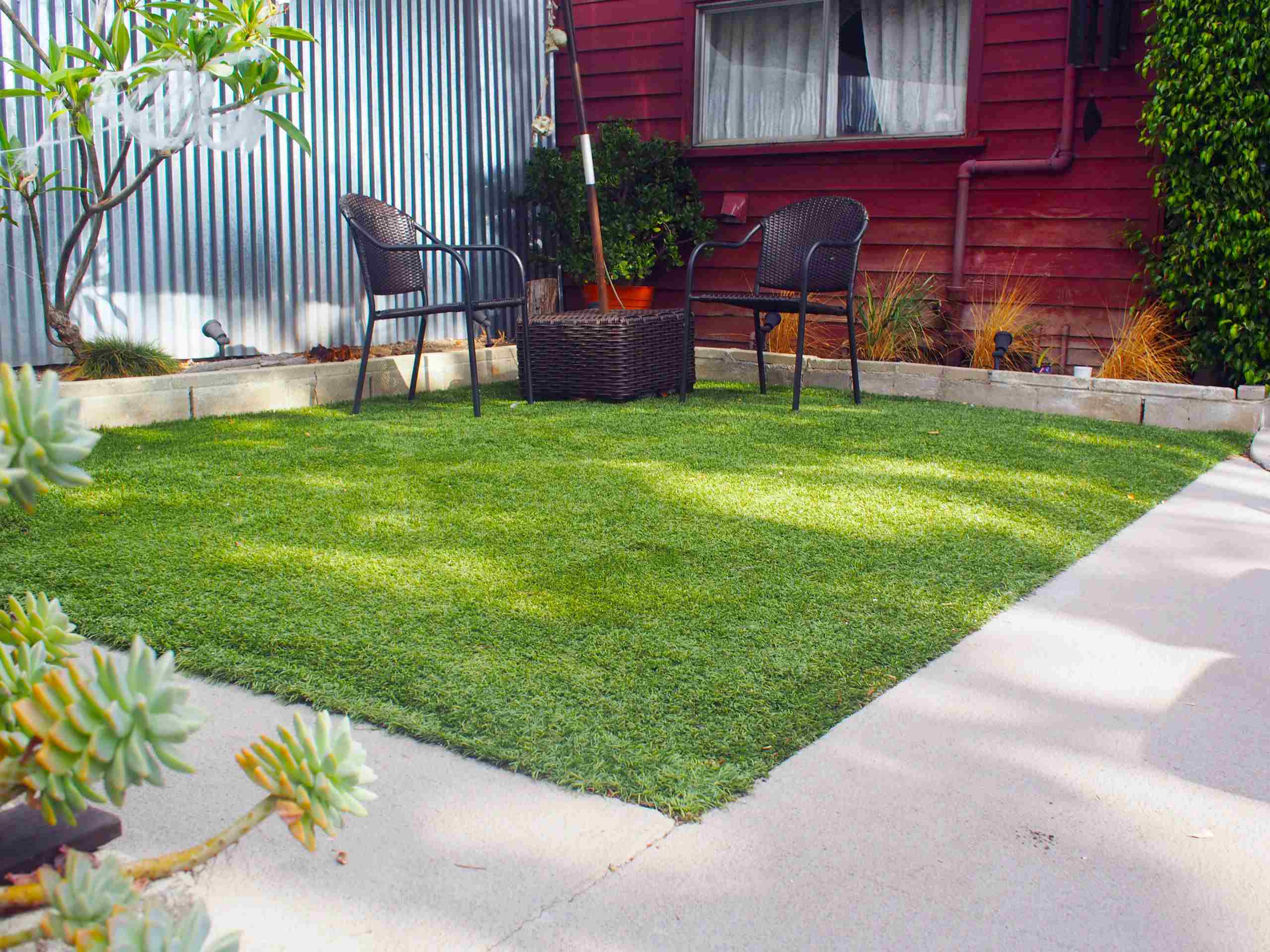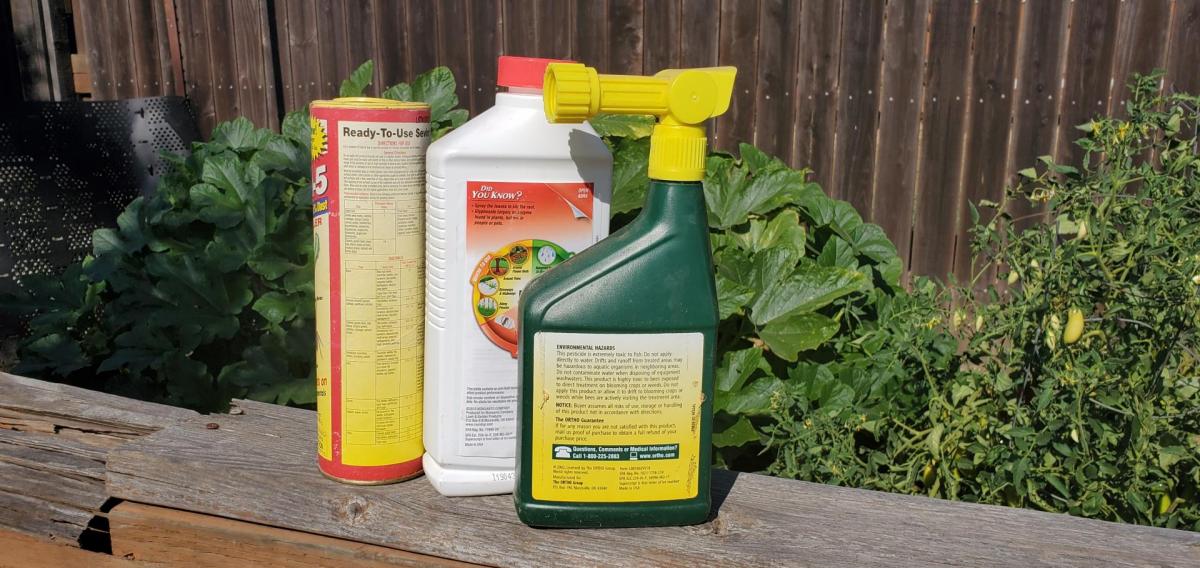Home>Gardening News and Trends>Latest News>What Type Of Cultivation Is Best For Existing Turf


Latest News
What Type Of Cultivation Is Best For Existing Turf
Published: January 26, 2024
Discover the latest news on the best cultivation methods for existing turf. Find expert advice and tips to enhance your turf's health and appearance.
(Many of the links in this article redirect to a specific reviewed product. Your purchase of these products through affiliate links helps to generate commission for Chicagolandgardening.com, at no extra cost. Learn more)
Table of Contents
Introduction
Understanding the Importance of Cultivation for Existing Turf
When it comes to maintaining a lush, healthy lawn, cultivation plays a pivotal role in promoting optimal growth and vitality. Cultivation involves a series of practices aimed at improving the soil structure, enhancing nutrient availability, and fostering robust root development. For existing turf, implementing the right cultivation techniques is essential for rejuvenating tired, compacted soil and revitalizing lackluster grass.
By delving into the world of turf cultivation, homeowners and groundskeepers can unlock the secrets to a verdant, resilient lawn that withstands the tests of time and environmental stressors. From aerating compacted soil to promoting efficient water and nutrient uptake, cultivation strategies can breathe new life into existing turf, transforming it into a thriving carpet of greenery.
Throughout this comprehensive guide, we will explore the nuances of existing turf cultivation, shedding light on the different cultivation methods and identifying the best practices for nurturing and invigorating established lawns. By understanding the intricacies of turf cultivation and its far-reaching benefits, you can embark on a journey towards a healthier, more vibrant lawn that serves as a testament to your dedication and green thumb prowess.
Certainly! Here's the content for the section "Understanding Existing Turf":
Understanding Existing Turf
Before delving into the realm of turf cultivation, it’s crucial to gain a deep understanding of the existing turf and the factors that influence its health and vitality. Established lawns are often subjected to a myriad of stressors, ranging from foot traffic and pet activities to environmental conditions and natural soil compaction. Over time, these stressors can take a toll on the turf, leading to diminished vigor, reduced nutrient uptake, and compromised resilience against pests and diseases.
Existing turf comprises a complex ecosystem, encompassing not only the visible grass blades but also the intricate root systems and the underlying soil structure. The health of the turf is intricately linked to the soil composition, drainage capabilities, and overall soil structure. Compacted soil, for instance, impedes proper root growth and inhibits the efficient exchange of air, water, and nutrients, thereby stunting the overall health of the turf.
Furthermore, factors such as thatch accumulation, soil pH levels, and the presence of underlying obstacles like rocks or debris can significantly impact the well-being of existing turf. Thatch, a layer of dead grass and organic matter that accumulates near the soil surface, can impede water infiltration and nutrient absorption, leading to shallow root systems and increased susceptibility to stress.
By comprehensively understanding the intricacies of existing turf, including its composition, stressors, and underlying challenges, homeowners and lawn enthusiasts can tailor their cultivation efforts to address specific needs and revitalize the turf effectively. Through targeted cultivation practices, it’s possible to breathe new life into tired turf, fostering a resilient and vibrant lawn that serves as a testament to the power of strategic lawn care.
Certainly! Here's the content for the section "Different Types of Cultivation":
Different Types of Cultivation
Cultivation encompasses a diverse array of techniques aimed at enhancing soil health, optimizing nutrient availability, and promoting robust root development. For existing turf, selecting the most suitable cultivation method is crucial for rejuvenating the lawn and fostering lush, resilient grass. Here are some of the most effective types of cultivation:
-
Aeration: Aeration involves perforating the soil with small holes to alleviate compaction and enhance air, water, and nutrient penetration. Core aeration, in particular, removes small plugs of soil, allowing for improved root growth and enhanced soil structure.
-
Dethatching: Thatch, a layer of dead grass and organic debris, can impede water and nutrient absorption. Dethatching involves removing this layer to promote healthier turf growth and mitigate the risk of shallow root systems.
-
Overseeding: Over time, existing turf may experience thinning and bare patches. Overseeding involves sowing new grass seed over the existing lawn to fill in these sparse areas, rejuvenating the turf and enhancing its density.
-
Topdressing: This technique involves applying a thin layer of compost or soil mix over the turf to improve soil structure, enhance nutrient availability, and promote healthier root development.
-
Vertical Mowing: Also known as verticutting, this method utilizes vertical blades to cut through thatch and promote lateral growth, fostering a denser, healthier turf.
By understanding the distinct benefits and applications of these cultivation methods, homeowners and lawn care enthusiasts can tailor their approach to suit the specific needs of their existing turf, fostering a resilient and thriving lawn that serves as a testament to the power of strategic cultivation practices.
Certainly! Here's the content for the section "Best Cultivation Practices for Existing Turf":
Best Cultivation Practices for Existing Turf
When it comes to revitalizing existing turf, employing the best cultivation practices is essential for nurturing a healthy, resilient lawn. By implementing the following strategies, homeowners and lawn care enthusiasts can breathe new life into tired turf, fostering lush, vibrant grass that thrives in the face of environmental stressors:
- Regular Aeration: Scheduled core aeration sessions alleviate soil compaction, enhance air and water penetration, and promote robust root growth. By aerating the turf at least once a year, homeowners can bolster the overall health and resilience of the lawn.
- Strategic Dethatching: Monitoring thatch accumulation and conducting dethatching as needed prevents the build-up of this suffocating layer, ensuring efficient water and nutrient uptake and fostering deeper root systems.
- Thoughtful Overseeding: Introducing new grass seed to fill in sparse areas and revitalize thinning turf enhances the density and visual appeal of the lawn, promoting a lush and uniform carpet of grass.
- Seasonal Topdressing: Applying a thin layer of compost or soil mix during the growing season bolsters soil structure, augments nutrient availability, and supports vigorous root development, contributing to the overall vitality of the turf.
- Strategic Vertical Mowing: Periodic verticutting sessions cut through thatch, stimulate lateral growth, and encourage denser turf, fostering a resilient lawn that can withstand wear and tear.
By incorporating these best cultivation practices into their lawn care regimen, homeowners can transform lackluster turf into a flourishing expanse of greenery, replete with robust root systems, vibrant grass blades, and an enduring resilience that serves as a testament to the power of strategic cultivation.
Here’s the content for the “Conclusion” section:
Conclusion
Embarking on a journey towards a lush, vibrant lawn starts with a deep understanding of existing turf and the implementation of effective cultivation practices. By recognizing the intricate ecosystem that comprises established turf and the challenges it faces, homeowners and lawn care enthusiasts can tailor their approach to address specific needs and revitalize the lawn effectively.
From regular aeration and strategic dethatching to thoughtful overseeding and seasonal topdressing, the cultivation toolkit offers an array of techniques to breathe new life into tired turf and foster resilient, healthy grass. By integrating these best cultivation practices into their lawn care regimen, individuals can witness the transformation of lackluster turf into a thriving expanse of greenery, replete with robust root systems and vibrant grass blades.
Ultimately, the art of cultivating existing turf is a testament to the dedication and passion of homeowners and groundskeepers, showcasing the transformative power of strategic lawn care. By nurturing the soil, fostering vigorous root development, and promoting optimal nutrient uptake, individuals can witness the evolution of their lawn into a verdant oasis that stands as a testament to the enduring beauty and resilience of nature.
As the seasons unfold and the turf flourishes, the rewards of strategic cultivation practices manifest in the form of a resilient, vibrant lawn that serves as a source of pride and natural splendor. Through a harmonious blend of knowledge, dedication, and strategic cultivation, individuals can unlock the secrets to a thriving, verdant lawn that encapsulates the timeless allure of nature’s bountiful greenery.


